|
My final destination on this Around the World adventure was Livingstone, Zambia. Arrived with few expectations. This was not my first visit to Africa - I have been to Kenya, Tanzania, South Africa, and Morocco - but each country is different. I had chosen to go to Zambia because of its proximity to Victoria Falls and because of the volunteer projects available in the country. I was looking forward to doing more outdoor work.
My accommodations in Livingstone were really quite nice. I was in a guesthouse with nine other volunteers, and this time I had my own bedroom and bathroom. Yay! As we were all getting settled in, we decided to walk into town. It seemed close and there was nothing else to do. We really didn't even know what "town" would be, but we were confident that we could get local currency "Kwacha" and see a bit of the area where we were going to be living for a while. Finding our way to town was easy - in Zambia, most people speak English. But they also speak their local languages and there are 72 different languages spoken in this small country. It provides for very interesting sounds as you move among the locals. All the volunteers speak English, but for many of them, English is a second or third language. I realized how challenging this could be for some people when one of the other volunteers had her ATM card held by the machine because her transaction took too long. She wasn't sure about the meaning of the word "withdrawal". She had to go back to the bank the next day (as this was a Sunday and banks were closed) to claim her ATM card. It clearly happens often as the bank manager pulled out a stack of ATM cards from the machine!. The nice thing about the city center is that it has pretty much everything you need. There aren't as many choices as we have at home, but I found good coffee (so important!) and free wifi. And several interesting restaurants. I could see that I would be walking into town (about 45 minutes each way) quite often. The other volunteers in my house were either working on medical placements (providing immunizations, distributing HIV medications - the estimated HIV rate is 25% of the population! - , assisting with pre-natal care, etc.), teaching, or working in a senior citizens' home. It providing some interesting conversations over meals when we discussed our work days. My project was in construction. In Zambia, education is not free, which means that many children do not attend schools. The organization with which I was working, Dream Livingstone, is building a school that will provide free education to children. I would be working to help build the school. The facility itself was right around the corner from my guest house. The build was scheduled as a five year project, but it looks like it may actually finish in about 2 1/2 years thanks to the work of the local staff and all of the volunteer hours being put into the project. The original plan was to build the caretaker's house first, and then have someone live there while the school is being built. But children started showing up at the facility before the house was even finished so Dream Livingstone revised their plan and began offering classes in the caretaker's home. On the days when I was working, 50-60 children would show up each day for class! Happy to learn and excited to have a place to go. The construction team consisted of two Zambians who led the project, and then six guys and one girl - me. I think I held my own... but it was really hard work! We shoveled gravel and sand, made concrete blocks, cleaned out construction debris, and poured concrete. It was really great to be able to see the progress daily. And I loved being in an environment where the children who would eventually use the school were playing and learning right nearby. I hope to be able to see the finished project someday. My daily routine usually involved waking very early (I never got used to the time change) so I would go for a walk and listen to a podcast. It was cold in the mornings - it is winter in the Southern hemisphere - but got pretty warm in the afternoons. The locals always say hi as you pass them, and the children run up to greet you! It's a pretty special way to start the day. We had a long break in the middle of the day - the construction was really hard work! - and I would usually use that break to go for another walk. And after our project work finished at the end of the day, I would walk into town to explore. I hadn't really paid attention to how much I was walking until I met another volunteer who said "oh, you're the girl who walks everywhere." I guess I was... The great thing about Livingstone is that I never felt unsafe. The people are friendly and eager to talk to you. I got asked for drinks several times (not sure if these were legitimate offers or whether the people were just being friendly) and was often asked to be in pictures with the locals. This was a beautiful place to spend some time. The area in which I as staying was for people of moderate means, but I knew that this is not how everyone in Livingstone was living. I wanted to get a broader perspective of local life, so the Dream Livingstone team suggested that I go to see a rock mine. We asked a staff member to lead us on the "30 minute walk". (Note - when people give you distances in Livingstone, it is always defined by how long it will take to walk there. The estimates given by the locals should be assumed to be shorter than the actual time it will take for you to get somewhere.) After an hour of walking in the heat (it was a particularly brutal day!), we arrived at the quarry. This place puts life into perspective - those of us in the Western world truly won the birth lottery! Had I been born in Livingstone, this very easily could have been my life. The men use metal poles to separate the rocks from the walls - no jack hammers involved. Then the women break the rocks into smaller pieces and the children then separate the rocks by sizes. I watched one woman break down rocks while a baby was attached to her back! Her other child - perhaps he was 2? - was sorting rocks beside her. I always ask before I take pictures of people, but several women asked to have their pictures taken with me. There was a part of me that wondered if I was being exploitive of their situation, but I decided that I was not selling these photographs. Merely using them as a way to capture the experiences of these individuals. As we walked out of the quarry, we were all quieter than we had been when we arrived. There were some children playing in the area - using tires as toys - and they smiled and yelled "misuno" (sp? it means white person) as we walked by. When I approached the street, a man holding an American flag asked if we could be photographed together, and I obliged. The walk back to our guesthouse did not seem so hot any more. Since it was my last day as a volunteer, I joined some other volunteers to watch the sunset over the Zambezi river. We went to the Royal Livingstone Hotel, which has the distinctive feature of having wild zebra running around the grounds! Rumor has it that they have giraffe as well, but I never saw them. We got a table on the patio and toasted the week of hard work and watched the sunset. On Saturday morning, I started the day with a cycling tour of Livingstone. Joining me on this tour was a woman from New Zealand who had spent the week working in a senior citizen home. She had some interesting observations about her experience, but expressed gratitude that the woman who runs the home takes such care in her position. Our guides for the day were two locals - one of whom plays football for the Zambian National team. It does not pay well, so he does this job to make a living. We spent four hours exploring Livingstone. We saw another rock mine - it was Saturday so there were fewer people working, but sadly, those who were working were women with children. We also visited a church service - such beautiful music and dancing! The people were truly enjoying the service. Our tour took us through a local village where we met a fisherman who was showing off his catch, which included a fish with nasty looking teeth. The fisherman bragged about his granddaughter who is attending school and so very smart. The cycling company was started by a Zambian national who uses the proceeds to fund his own school. Our tour included a visit to the school, which was packed with children milling about on a Saturday. Each one wanted to have his or her picture taken and then see the picture on the screen. I wished that I could have printed out copies for them so that each could keep a copy. We finished our tour with a visit to a local market. Most of the items sold were fairly common, but there were two products that were unusual. One was dried caterpillars. Apparently, these are popular to eat - deep fried, of course! The other was rocks. Pregnant women suck on these rocks in order to absorb the iron from them. Such a resourceful (literally!) use of something found in nature. We finished out our ride along a road that had wild orangutans along the path. I was told that I would see many, many more wild apes when I finally made it to Victoria Falls- my next stop.
0 Comments
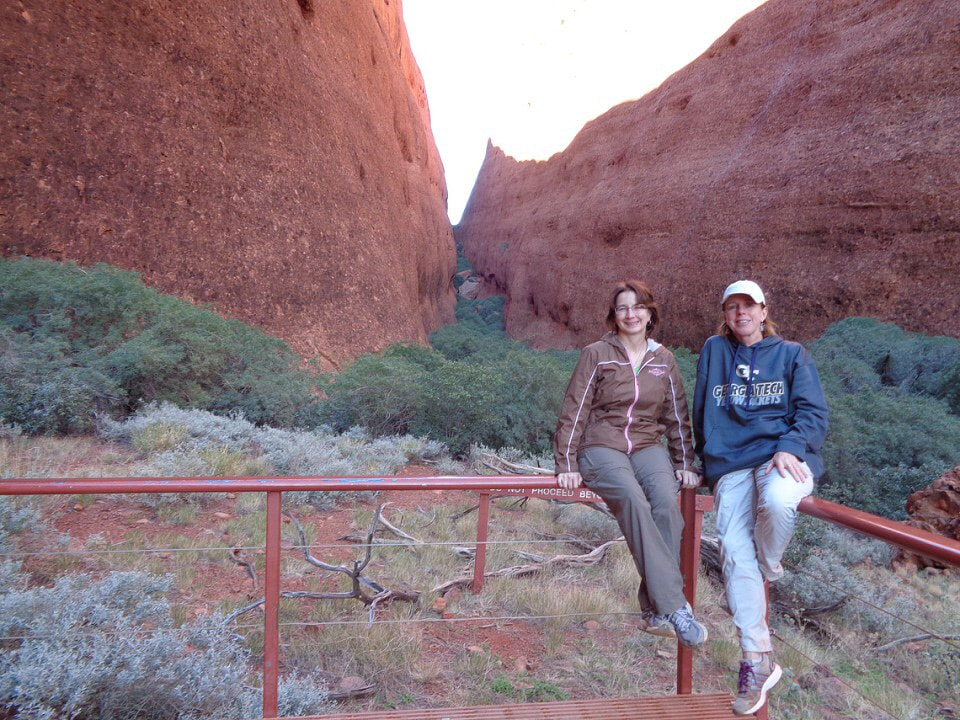 The Red Centre includes Uluru (formerly known as Ayers Rock) and Kata Tjuta is not easy to get to, so it is often overlooked in visits to Australia. But it is the key destination that MA missed when living in this country as an expat. So we added this to our list for our 50th birthday excursion. To truly appreciate these sites, you need to get a brief understanding of the Aboriginal culture. The Aboriginal Australian people in central Australia lived in small communities spread across vast areas. When Europeans arrived to colonize the country, they brought with them diseases that caused dramatic population decline. The British settlers treated the Aboriginal people as nomads with no right to land or water rights, and felt that these people would be happy living anywhere. But the Aboriginal people have strong spiritual and cultural ties to their land, which makes it difficult to relocate and maintain their cultural ties. The Aboriginal people were seen as "unevolved" and there was debate about where they stood in the evolutionary scale between ape and man. This affected how they were viewed and treated by white Australians, and particularly by the Australian government. Although all Indigenous Australians were given the right to vote in Federal elections in 1963, the Aboriginal Australians did not receive the rights to the return of their traditional lands until 1992. It wasn't until 1998 that an inquiry took place into the "stolen generation", the name given to the Australian government forced removal of Indigenous children from their families in a quest to "civilize" them. The Australian government actually issued an apology for their treatment of the people and a concerted effort has been made to make restitution and improve conditions for the Aborginal people. Both Uluru and Kata Tjute are considered sacred sites by the Aboriginal people. This makes it difficult to encourage visitors to the area while still respecting the status of these sites by outsiders. One of the compromises that has taken place is that Uluru is actively marketed to tourists, while Kata Tjuta is not. It might explain why many non-Australians have never heard of Kata Tjuta (also known as The Olgas). MA and I wanted to explore these areas and learn more about their history. We headed out of Alice Springs by midday. You are warned to get gas before you go and to carry lots of water. The highway to take you to these sites goes through long stretches of nothing - lots of grazing land for animals but few roadside attractions. It was going to be a long day of remembering to "drive on the left!". Somehow, we survived... As we were driving, I looked out the window and saw a camel. Yes - a camel. You may not have realized that Australia had camels. Everyone knows about kangaroos and koalas, but someone had the bright idea to import camels to help work the land. So you do see camels in the Outback. As you drive to the Red Centre, you have to watch out of animals on the road. Hitting a kangaroo is quite common, and quite dangerous. This knowledge helps keep your speed in check. Well, this and the fact that Australia has zero tolerance for speeding. I will admit that I had little appreciation for Uluru as we headed into the Outback. Atlanta has Stone Mountain - a big granite rock that you can climb. In my mind, Uluru was very similar. But I was wrong. The first time that I viewed Uluru I realized just how massive it it! The base has a circumferance of 6.2 kilometers so you can see if from a great distance. And it truly is red! We pulled over on the side of the road to get a picture with this rock as soon as we first saw it. It was my first understanding of why people make this trek. After settling into our room (bunk beds! and shared rooms...), we drove out to see the sunset at Uluru. It was as spectacular as I could have imagined. The colors on the rock actually change with the light. But the sun sets quickly and it really does get cold. After all, it is winter in the Southern hemisphere. We had reserved tickets to see a Bruce Munro light installation at Uluru. There are 17,000 lights dispersed across a vast area near Uluru. The view is amazing as there really is no other light interference - just these LED bulbs and more stars that you can imagine. The next morning, we awoke in time to head to Uluru for the sunrise. At this point in my trip, I will admit to being jaded by sunrises, and tired of getting up this early to see something that happens every day! But the sunrise at Uluru was so amazing that I agreed to go watch the same event the next morning. Our big plan for this day was to rent bikes and ride around the base. It was such a beautiful way to see the rock from so many angles! From a distance, the surface looks very smooth. But up close you can see how erosion has created these beautiful patterns on the surface. The ride also gave us a chance to see the various sites that are sacred to the Aboriginal people up close. There are many places where signs ask that you not take pictures of specific parts of Uluru because of their sacred nature. We honored the request and continued the journey. As we approached the end of our loop, you can see a place where you can climb Uluru. The Aboriginal people ask that you not climb Uluru, but they do not prohibit climbing. We did not climb - frankly, in addition to showing respect for the request, it is a scary looking climb! Many people must be rescued from this climb as they can make their way up but not handle the descent. When we had the chance to talk with a ranger about why climbing Uluru is not prohibited, he explained the difficult position this provides to the Aboriginal people. On the one hand, they need the fees associated with the visitors as there is little opportunity to earn money while living in the Outback. Many Chinese and Japanese tourists companies market climbing Uluru as part of their travel packages. So the Aboriginal people just request that you not climb because of the sacred nature of the site, but leave the decision to you. After we finished cycling, our next venture was to see Kata Tjuta for the first time. There was a short hike at the base, and then we planned to watch the sunset on Kata Tjuta. The hike was fairly easy, reflected in the fact that a bride was in here full gown (with hiking shoes!) with her groom having professional photos taken at the site. The sunset was quite different from the one we had witnessed at Uluru, mainly due to the fact that Kata Tjuta is a series of 30+ peaks so there is more variety in the setting. But it was still stunning! For our last day in this area, we hiked through the Valley of the Winds inside Kata Tjuta. It was a very difficult hike, made more complicated by the fact that we both had the wrong shoes for this hike! The views were spectacular, but we were unable to photograph these because both of our camera batteries were dead. Not good planning... Our drive back to Alice Springs was uneventful. I was so grateful that MA had added this destination into our itinerary. I knew very little about the Aboriginal people before I made this trek, and have a better appreciation of their culture now that I have visited one of their sacred sites. MA was leaving me the next day, and I was really sad about this fact! We got along so well throughout our 3 weeks together - no spats at all! But there was still one last stop on my journey. I was off to Africa! We arrived into Darwin early in the morning. It was winter in Australia so a good bit cooler than it was when we left Bali. The Darwin airport is tiny, but it does have showers. What a nice perk!
I needed to get a local SIM card so that we would have mobile access in Australia. Since we had a long layover here, I thought that I would take advantage of this time to get this handled. There were no vendors in the airport, so I decided to set off to a local airport hotel for guidance. The clerk pointed me to a card in the hotel store and it should have been very easy to use. Only problem was that the Telstra web set-up would not accept my hotel address in Alice. This meant that I had to chat with an agent. Not fun. The Darwin airport allows you 30 minutes of free wifi, but you need the wifi to set up the SIM card, and in my case, it took longer than 30 minutes. We had to move to different parts of the airport to ping off separate towers to finally get the plan up and running. I am still not sure why they required all of this information for pre-paid cell service! Most countires are happy to sell you a card and allow you to go on your merry way. This airport downtime gave MA and me lots of chances to observe the goings-on at the airport. Apparently, there had been a serious security breach at the Sydney Airport recently that required an evacuation of the whole airport. This put everyone on alert, so those things that seem like not a big deal on a regular day get heightened alerts. For example, a guy sitting near us left his bags alone while he went to get coffee. When he returned, there were four police officers waiting for him and he was subjected to a great deal of questioning. This guy did not seem to get the fact that the police were quite serious in their concern about his bags. at one point, he asked if he could step way to go pick up his coffee - I thought that lead police officer's head was going to explode! Our flight for Alice Springs left midday, and it was then that I realized that we could have flown directly from Darwin to Uluru (which was our primary destination). MA had planned this section of the trip so she must have had a reason. We arrived in Alice in time to see the sunset at Anzac Hill, a military memorial spot. There are plaques on display that pay tribute to Australian contributions to military conflicts. It also has incredible 360 degree views of the surrounding area. Our first stop for the next day was at the tourist information office. MA had two main sites that she wished to visit - the Royal Flying Doctor Service and the School of the Air - and I was open to anything. We got our bearings and then went to find the Royal Flying Doctor Services station. This is a very cool place! The first thing you see as you enter is a live map showing all the flights in operation at this particular moment. The service covers all of the Northern Territory, an area that has vast distances between people and care. The service provides not just emergency transport, but also primary and pre-natal care to those who do not have access to traditional medical facilities. They also provide medical transport to centers of excellence throughout Australia. Only 20% of the flights include a doctor - most are handled exclusively by highly-trained critical care nurses. The tourist office said that we would spend about 30 minutes at this site, but we were there fo nearly two hours! Our next stop was the School of the Air. I had no expectations for this place but it too was incredible. This site provides live classes to 142 students scattered across 1.2 million square kilometers. Students can start school at 4 1/2 and continue through year 9 of schooling. Classes are spread throughout the day and each child is expected to spend 8 hours per day on his/her education. All students have a local tutor - often this is the child's mother but it may be someone outside the family. All kids come to Alice at least twice per year, and may come as often as 4 times per year, so that they can meet and interact with each other and their teachers. The classes take place via satellite and each child is visible on the video screen. In addition to all of the technical equipment, including the satellite dish, packets of supplies are sent to the children so that they have everything they need to participate fully in classes. The children also receive 30 library books at a time. I cannot tell you how cool this set-up is but we spent more time there then we planned, as well. And we both now have t-shirts showing off the program. Our final destination in Alice was Desert Park. I wish we had had the time to bike out there from town, but that will have to happen on a future visit. Desert Park is an area where the various animals of the Northern Territory are exhibited. It is not like a zoo - many of the animals are in open environments. For example, the bird program uses wild birds that respond to calls (and they know they will be fed!) to show us some of the unique birds that we might see in the area. There is also a place where red kangaroos are housed and you can walk among them (not interact with them, sadly, but I guess they really don't like people). The park closes around dusk. You notice that most cars are off the road by dusk. This is so you don't hit wild animals! There are signs all along the roads to be aware of wild animals. They can do tremendous damage to your cars, and most rental car companies exclude damage caused by wild animals. Scary to think about... We finished out the day with dinner at a steakhouse,. I thought MA would try one of the unusual animals on the menu (kangaroo??) but she stuck with steak. After dinner, we headed back to the hotel. We had a long drive ahead of us as we headed towards Uluru. But the answer to my question in the title of this blog is "yes" - it was worth the detour to Alice. 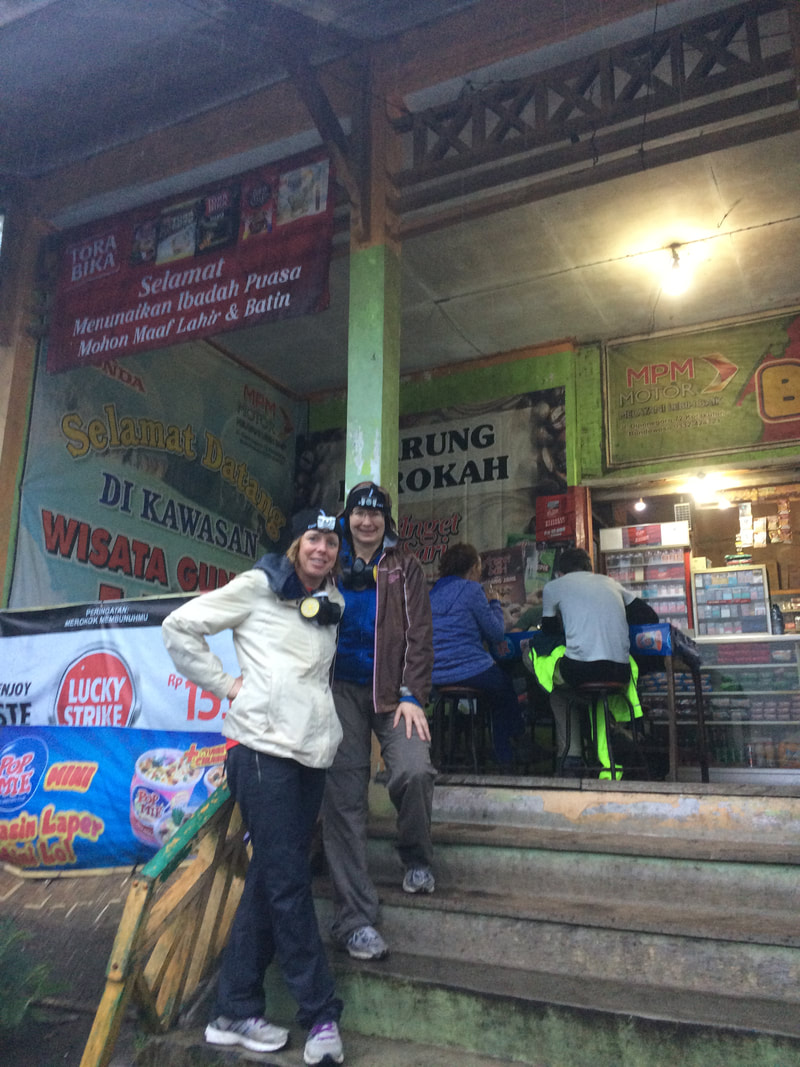 Indonesia is a series of 17,000 islands created by 147 volcanoes. Some of those volcanoes are still active, as is evidenced by the fact that Mount Sinabung on Sumatra erupted two days ago, spewing ashes for nearly 3 miles. It probably did not make the news back home, but volcanic eruptions are a constant part of life for Indonesians. MA and I wanted to make sure we saw some of this geography up close so we headed into Eastern Java. This required taking another overnight train. This one left at 1:20 am so we had to find a way to entertain ourselves (and stay awake!) until that time. We decided to splurge on "Executive Lounge" passes for the train station. The perks were limited, but they did separate the smokers (yay!) and gave us free wifi. Junk wifi, but enough to get our email. The more interesting part is the shows that were on tv in the lounge! The first show was some sort of talent competition. The costumes were garish, and included a larger woman wearing something that appropriated Dorothy in The Wizard of Oz. At one point, there was an audience participation section where the entire crowd joined in some sort of dance that included more steps than the Macarena. It was fascinating. When that show finished, an Indonesian soap opera came on. I have no clue as to the actual plot, and I could not understand a word of the dialogue, but it was easy to get hooked. There was some sort of spell-casting and mysticism and scandal, all acted in an over-the-top manner. MA and I crafted our own plot to go along with the story, and I was actually sad when our train arrived because I had gotten sucked into this silly show. Now I will never know whether the witch successfully cursed the new wife... Anyway, we got into Malang early in the morning. Kat's mom was waiting for us at the train station. We had a chance to take showers and get settled in before we met the family for coffee. I don't talk much about specific hotels or restaurants in this blog, but I have to comment on The Library. This is a lovely spot up the street from Kat's family home. The coffee is all grown locally and they make great lattes. The food was delicious and the wifi is excellent! What more can you ask for when you travel? There was a great deal of discussion about our plans for the two days that we were in town. At one point, there was a discussion about hiking up to Mt Bromo for sunrise. But we decided that one volcanic sunrise was all we needed. We would spend this first day exploring the area around Malang and then head up to the Ijen Crater. We spent our time in Malang at the Secret Zoo (which far exceeded expectations!), the Transportation Museum (which had an incredible collection of vintage cars and some pretty incredible photo ops), and then visited a small mountain community where Kat's family established a church and school. One amusing thing we noticed in this part of Java was that MA and I were novelties to many of the residents. We were often asked if we would allow people to have their pictures taken with us. I think 50 year old white ladies, traveling alone are not a frequent site in this area. At one point, while watching a lion feeding in the Secret Zoo, MA was asked to be in a photo - not to include the lion! MA was also asked to be a part of a couple's wedding photos. I guess this is a small taste of life in a boyband... It was a lovely visit, but adventure was waiting for us. We headed out to see the sunrise at the Ijen Crater. This involves a midnight hotel departure followed by a two hour drive, then a chilly climb in the dark up to the summit before a descent to the sulfur mines to see the Blue Fire. In order for this plan to work, we needed to go to sleep early (hello, Tylenol PM!) and set an alarm for 11 pm. The alarm went off and we quickly got ready. Our grand plan included a return to the hotel for a quick shower after this event. This would be a two hour detour but neither of us felt like spending the day in a car, smelling of sulphur. So we left our bags behind at the hotel. We had read several travel guides about the hike so we were well prepared. We had headlamps and multiple layers of clothing and had left our jewelry behind (rumor had it that the sulfur tarnishes silver - we believed it.). I was too anxious about the climb to sleep on the drive to the crater so I watched the scene out the window. We arrived at the start and made one last trip to the toilet (of course they were stand-up toilets!) before we purchased our tickets and began the ascent. We did not feel the need for a guide as we would merely follow those in front of us (note to self - hire a guide next time). We put on all our layers and started to walk. It was really dark as we started climbing. It did not help that it began raining so the moon and stars were blocked by clouds. I was going to be very irritated if we got up this early and hiked in the rain but saw nothing (Flexible Maggi 2017 was not with me at this time - she was smartly sleeping in a hotel room). There were actually local guys who were willing to pull you via trolley to the top if you could not climb on your own. No thank you! This may be the scariest hike I had ever done! We wore head lamps and rain jackets so our vision made it appear that we were walking through a tunnel. There were no switchbacks and the terrain was slick. We made a point of walking very slowly and deliberately towards the summit. We knew that the climb was expected to take 1 1/2-2 hours and then we would reach the descent. All of this would take place in the dark. There were a series of flat sections which helped us to catch our breath, and then we reached the area where we would begin a single-file, steep descent. There were actually a few people who were coming out as we began heading down - show-offs! MA and I were happy to take our time. As we approached the Blue Fire, we could finally see why this trek was so worthwhile. It was truly amazing! I wish any of my pictures did it justice, but I think you will have to see the pros for that. The sulphur somehow reacts and creates a true blue flame. It stinks like crazy down there - thank God we had good advice and were wearing masks. When the wind switches directions, you can be enveloped by the foul smell. Luckily, it switches often so you have time to adjust. We watched the flame for a bit, then decided that we wanted to go down to see the sulphur miners. These guys have it rough! The mining is done by hand - each miner collects two buckets of sulphur and then carries this across his shoulders to the summit and back down to the start for collection. The miners wear little more than wet rags over their noses and mouths to protect them from the fumes. The guys get paid about $0.08 per kilo of sulphur or $12 per day. We as tourists are asked to pay 5000 Indonesian Rupiah (about $0.45) per photo is we take pictures of the miners. Some of the tourists try to sneak pictures without paying! Seriously... as if they cannot afford to (or don't want to! which is worse) to offer these guys coffee money but can afford to travel to Indonesia. Rant over - We still had time to make it back to the summit in order to watch the sunrise over the crater. This was beautiful! And I have pictures to prove it. The yellow sulphur against the blue green water was incredible to see. Flexible Maggi 2017 arrived in time to see this event, and was really glad to be there. As we waklked out, we could now see the path that we had taken in the morning. There was no tunnel - just slick tracks across a volcano. It really was a beautiful place. The climbs in and out were both difficult for us. We determined at the end that we had each taken 2 falls, and we had the bruises to prove it. I was really glad that we had downtime in the car when this was over. As we finished our walk out, we saw something that I need to share. There were three older, white people who were being carried on litters (Confession - had to look this word up. MA and I both knew what were talking about but neither of us knew what they were called. Google helped us figure out what "those things that were used to carry Caesar and Cleopatra were") up to the summit. It was one of the most imperialist things that I have ever seen! Four Indonesia guys each carrying one fat Westerner up to see a volcanic crater. Gross. When we finally reached our car, neither of us felt good. We had probably breathed in too much sulphur. I had a wicked headache and MA had an upset stomach. Our driver then told us that we would have to take a detour back to our hotel - so the ride would be closer to three hours. It turned out to be four. We really wished we had brought our bags with us... When we finally arrived back at our hotel, we had missed breakfast and we barely had time to take showers before we had to check out and begin our drive to Bali. We would end up spending 12 hours in the car, including a beautiful ferry ride from Banyuwangi to Gilianuk on the island of Bali. A day of leisure was calling me... |
Archives
September 2019
Categories |
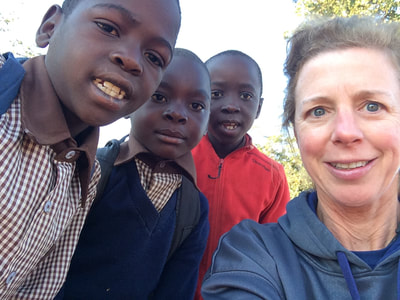

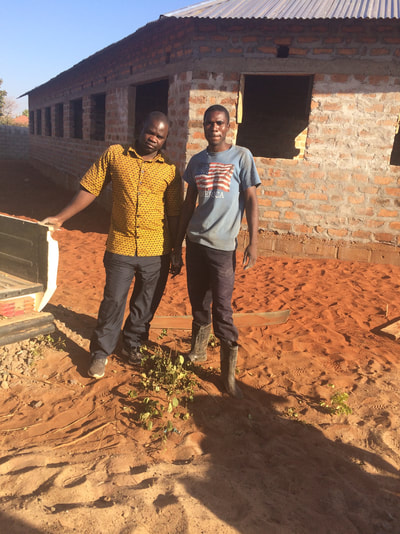
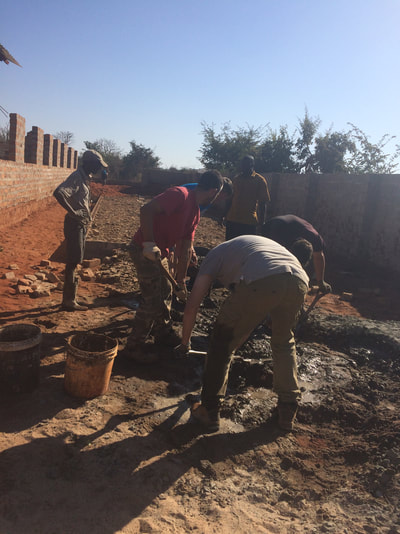
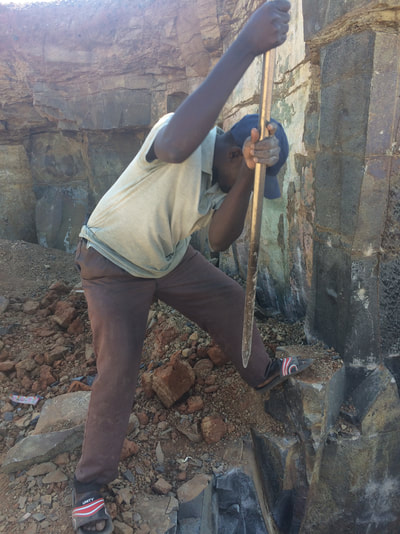
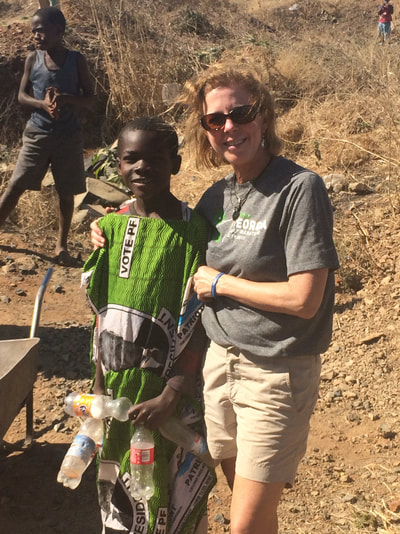
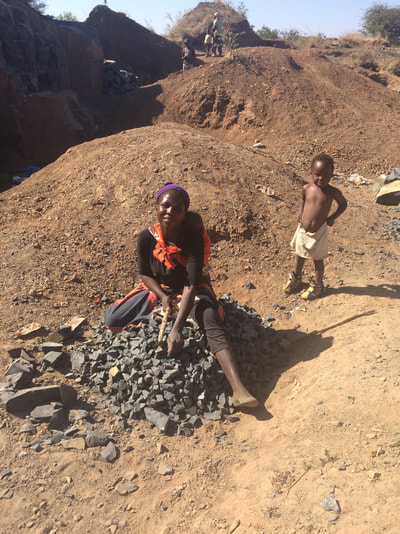
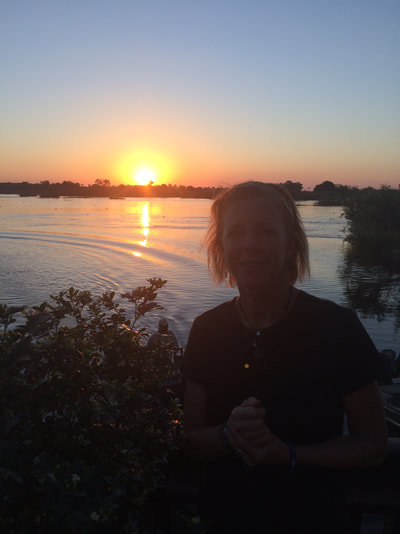
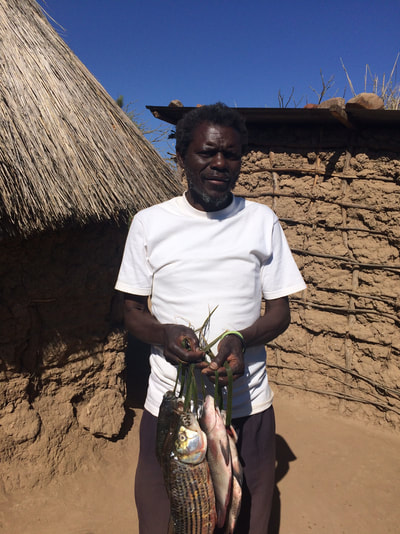
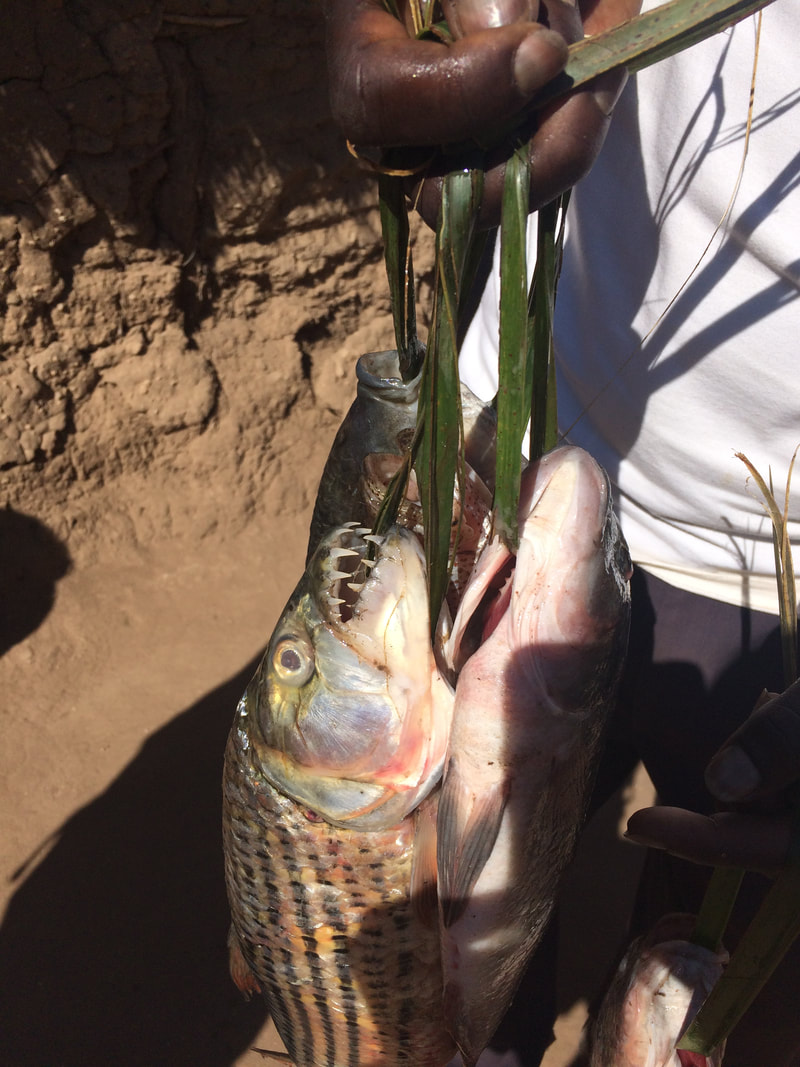
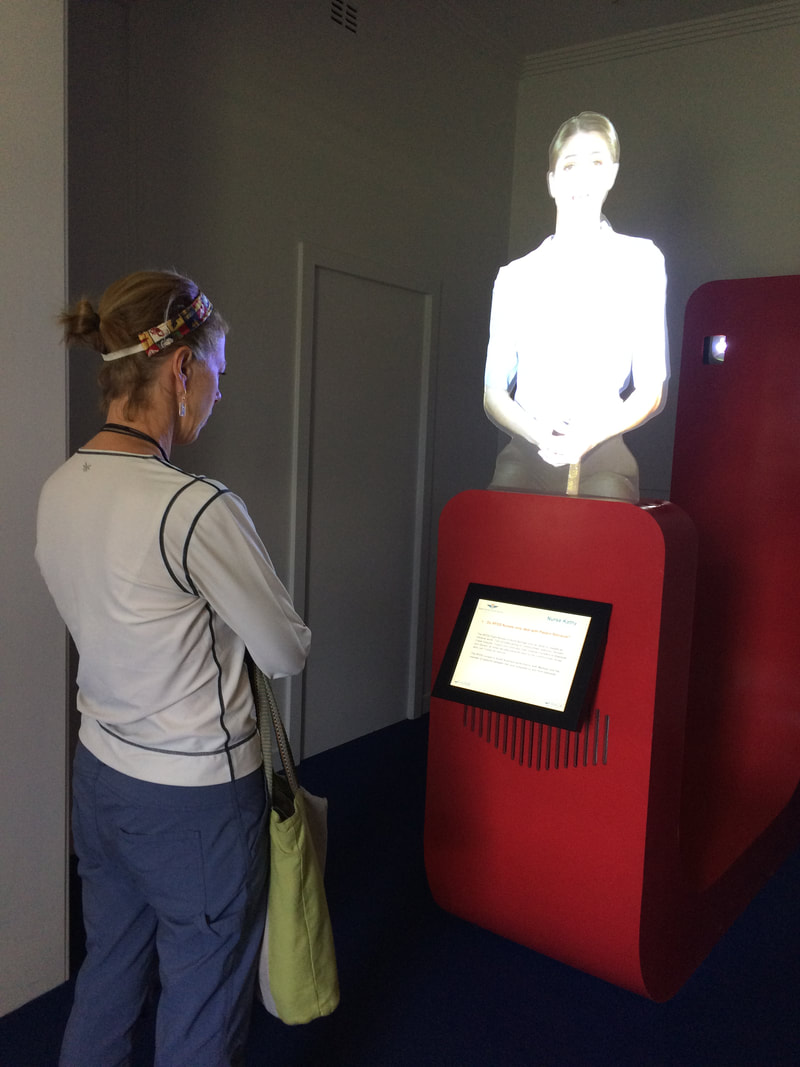

 RSS Feed
RSS Feed
